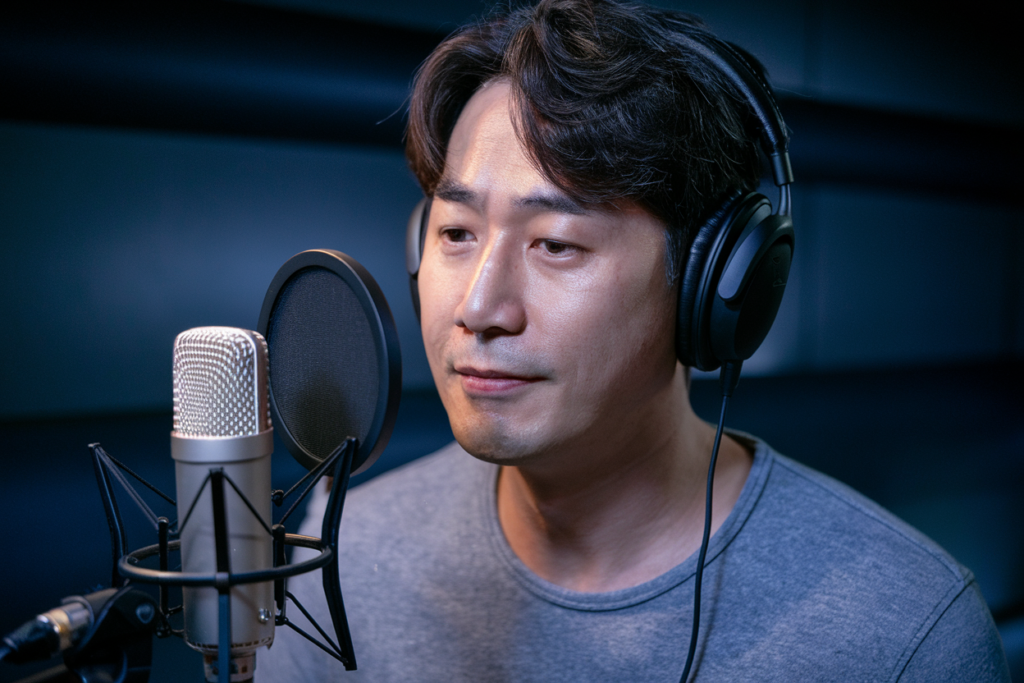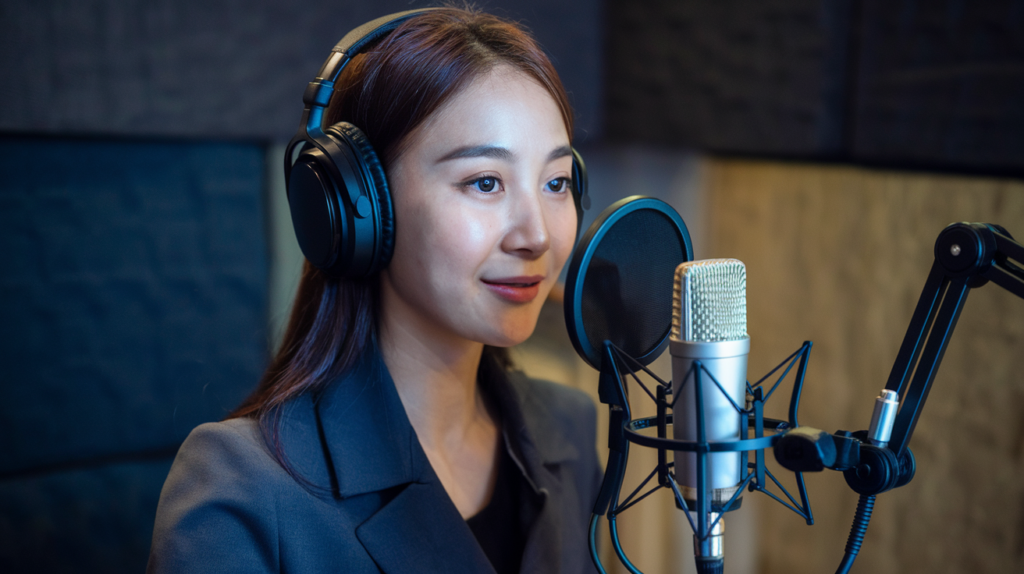Key Takeaways
- Historical Roots: The Korean language traces its origins back to Proto-Korean, which emerged approximately 1,500 years ago and shares connections with the Altaic language family.
- Influence of Hanja: Chinese characters (Hanja) have significantly shaped Korean vocabulary and writing systems since their introduction in the 4th century AD.
- Creation of Hangul: King Sejong the Great established Hangul in the 15th century to enhance literacy among common Koreans, marking a pivotal shift from reliance on Hanja.
- Standardization & Dialects: The division of Korea post-1945 led to different standards for North and South Korea, resulting in variations in dialects while maintaining mutual intelligibility.
- Impact of Globalization: Modern Korean continues to evolve through globalization, incorporating new vocabulary influenced by English and technology-driven communication methods.
- Challenges Ahead: Preserving regional dialects amidst standardization efforts is crucial for maintaining cultural heritage as well as adapting educational resources for modern learners.
Ever wondered how the Korean language evolved into what it is today? Understanding the historical development of Korean not only sheds light on its rich cultural heritage but also helps you grasp its unique structure and nuances.
Overview of Korean Language Historical Development
The Korean language has a rich historical tapestry, reflecting the country’s cultural evolution. It belongs to the Altaic language family, which includes languages such as Mongolic and Tungusic. The earliest written records date back to the 7th century AD during the Three Kingdoms period in Korea.
During this time, Chinese characters significantly influenced Korean writing. Known as Hanja, these characters were used extensively until the creation of Hangul in the 15th century. King Sejong the Great initiated this reform to promote literacy among common people. Hangul’s phonetic structure made it easier for Koreans to learn and use their language.
In modern history, from the late 19th century onward, various social and political changes impacted linguistic development. Japanese colonial rule (1910-1945) introduced further complexities with an emphasis on Japanese education and culture. After World War II, efforts emerged to standardize Korean across both North and South Korea.
Today, you can witness ongoing developments in vocabulary due to globalization and technological advancements. New words frequently enter everyday usage, adapting terms from English or other languages into Korean contexts.
Understanding this historical trajectory enhances your appreciation for contemporary Korean society and its linguistic nuances.
Ancient Origins
The Korean language boasts a rich historical tapestry, tracing its roots back to ancient times. Understanding these origins reveals much about Korea’s cultural and linguistic evolution.
Proto-Korean Language
Proto-Korean serves as the foundational stage of the Korean language, believed to have emerged around 1,500 years ago. This early form likely included elements that would later develop into modern Korean. Linguistic studies suggest that Proto-Korean shared similarities with languages in the Altaic family, indicating a broader connection across Asia. The transition from Proto-Korean involved significant phonetic and grammatical changes, paving the way for the distinct features of Old Korean.
Influences from Neighboring Languages
Neighboring languages played a crucial role in shaping Korean over centuries. Chinese characters, known as Hanja, significantly influenced vocabulary and writing systems beginning in the 4th century AD. As Buddhism spread through Korea, many Chinese terms entered everyday usage, enriching the lexicon. Additionally, contact with Mongolic and Turkic languages introduced further lexical items and structures during various periods of trade and conquest. These influences highlight how interconnected cultures contributed to the development of what we now recognize as modern Korean.
Middle Korean Period
The Middle Korean period spans from the 10th to the 16th centuries, marking a significant phase in the evolution of the Korean language. During this time, notable linguistic developments occurred alongside cultural and political changes.
Creation of Hangul
In the 15th century, King Sejong the Great introduced Hangul as a solution to literacy challenges among common people. This innovative script simplified reading and writing, making it accessible to all. Hangul’s phonetic nature contrasts with Hanja, which relied on Chinese characters. The creation of Hangul represented a pivotal moment in Korean history, promoting national identity and cultural pride.
Linguistic Changes and Evolution
Linguistic shifts characterized the Middle Korean period. Vowel harmony became more prominent during this time, influencing pronunciation patterns across dialects. Additionally, grammatical structures began evolving to incorporate new syntactic elements borrowed from neighboring languages. These changes reflect ongoing interactions with other cultures while simultaneously fostering a distinct Korean identity.
Middle Korean also saw an expansion of vocabulary through contact with Mongolic and Turkic languages as trade routes opened up. This influx enriched everyday language use and contributed to regional dialectal diversity that persists today.
Overall, understanding these developments provides insight into how historical influences shaped modern Korean language dynamics.
Modern Korean Language
The modern Korean language reflects a rich tapestry of historical influences and linguistic evolution. It showcases how Korea’s unique culture has played a pivotal role in shaping its contemporary form.
Standardization and Dialects
Standardization of the Korean language emerged prominently during the 20th century, particularly after Korea’s division in 1945. North and South Korea adopted different standards: South Korea primarily uses the Seoul dialect, while North Korea favors the Pyongan dialect. This divergence results in variations in vocabulary, pronunciation, and grammar. Despite these differences, both regions maintain mutual intelligibility to a large extent.
Regional dialects enrich the linguistic landscape further. For example:
- Gyeongsang Dialect: Known for its unique intonation.
- Jeolla Dialect: Characterized by distinct vocabulary choices.
- Incheon Dialect: Recognized for slight phonetic variations.
These dialects reflect local cultures and identities while illustrating how geographic factors influence language use.
Impact of Globalization
Globalization has significantly affected modern Korean, introducing new vocabulary from English and other languages. As technology progresses, terms related to digital communication infiltrate everyday speech. Words like “internet” or “smartphone” become commonplace, adapting seamlessly into Korean phonetics.
Moreover, exposure to foreign media—films, music, and social platforms—has accelerated this process. You might notice popular phrases or slang originating from online trends quickly entering casual conversation among younger generations.
Cultural exchanges also promote bilingualism among many Koreans. Understanding English or other languages enhances job prospects and personal connections in an increasingly interconnected world. The ongoing evolution of modern Korean mirrors societal changes driven by globalization while preserving its core identity as a vital part of cultural heritage.
Challenges and Future Directions
The Korean language faces several challenges as it continues to evolve. One major issue is the preservation of dialects, which represent regional identities and cultural heritage. While standardization has its benefits, such as promoting mutual intelligibility between North and South Korea, it risks diminishing the richness found in local dialects. Dialects like Gyeongsang, Jeolla, and Incheon carry unique linguistic features that reflect specific histories and cultures. Efforts are necessary to document these varieties through educational programs and community initiatives to ensure their survival for future generations.
Technological advances play a significant role in shaping language learning methods today. Digital platforms streamline access to resources for mastering Korean, making education more engaging. Mobile apps provide interactive lessons and real-time practice opportunities that cater to various learning styles. Additionally, online communities foster connections among learners across the globe, allowing for cultural exchanges that enrich understanding of the language contextually.
Future directions for the Korean language include embracing globalization while maintaining core identity elements. As new vocabulary enters everyday use from global influences—especially English—it’s vital to strike a balance between innovation and tradition. Language policies should promote inclusivity by integrating modern terminology without overshadowing historical roots.
Overall, addressing challenges related to dialect preservation alongside leveraging technology can pave the way for a dynamic yet stable future for the Korean language. By staying attuned to these developments, you contribute positively towards preserving this unique linguistic heritage while fostering an environment where both innovation and tradition thrive together.
Conclusion
Understanding the historical development of the Korean language offers invaluable insights into Korea’s rich cultural heritage. As you explore its evolution from ancient roots to modern influences, you’ll appreciate how deeply intertwined language is with identity and societal changes. The balance between preserving regional dialects and embracing globalization highlights ongoing challenges that require thoughtful solutions. By valuing both tradition and innovation, you can contribute to the vitality of Korean as it continues to adapt in today’s world. Your engagement with this dynamic linguistic journey ensures that the essence of the Korean language remains vibrant for future generations.
Frequently Asked Questions
What is the Korean language’s historical significance?
The Korean language has a rich history dating back to the 7th century AD. It evolved from Proto-Korean and was significantly influenced by Chinese characters, known as Hanja. The creation of Hangul in the 15th century by King Sejong promoted literacy and national identity, making it essential to understanding Korea’s cultural heritage.
How did Hangul influence literacy in Korea?
Hangul, introduced by King Sejong the Great in the 15th century, simplified reading and writing for common people. This innovation made literacy more accessible and fostered a sense of national pride and cultural identity among Koreans.
What are regional dialects in the Korean language?
Regional dialects such as Gyeongsang, Jeolla, and Incheon reflect local cultures within Korea. These dialects enrich the linguistic landscape but also face challenges due to standardization efforts that aim for mutual intelligibility between North and South Korea.
How has globalization impacted modern Korean?
Globalization has introduced new vocabulary into modern Korean, particularly from English. Popular phrases from foreign media have quickly entered casual conversation among younger generations, reflecting societal changes driven by technological advancements.
What challenges does the Korean language currently face?
The primary challenge facing the Korean language today is preserving regional dialects while promoting standardization for mutual understanding. Additionally, balancing traditional elements with innovations brought about by technology poses ongoing concerns for educators and linguists alike.







